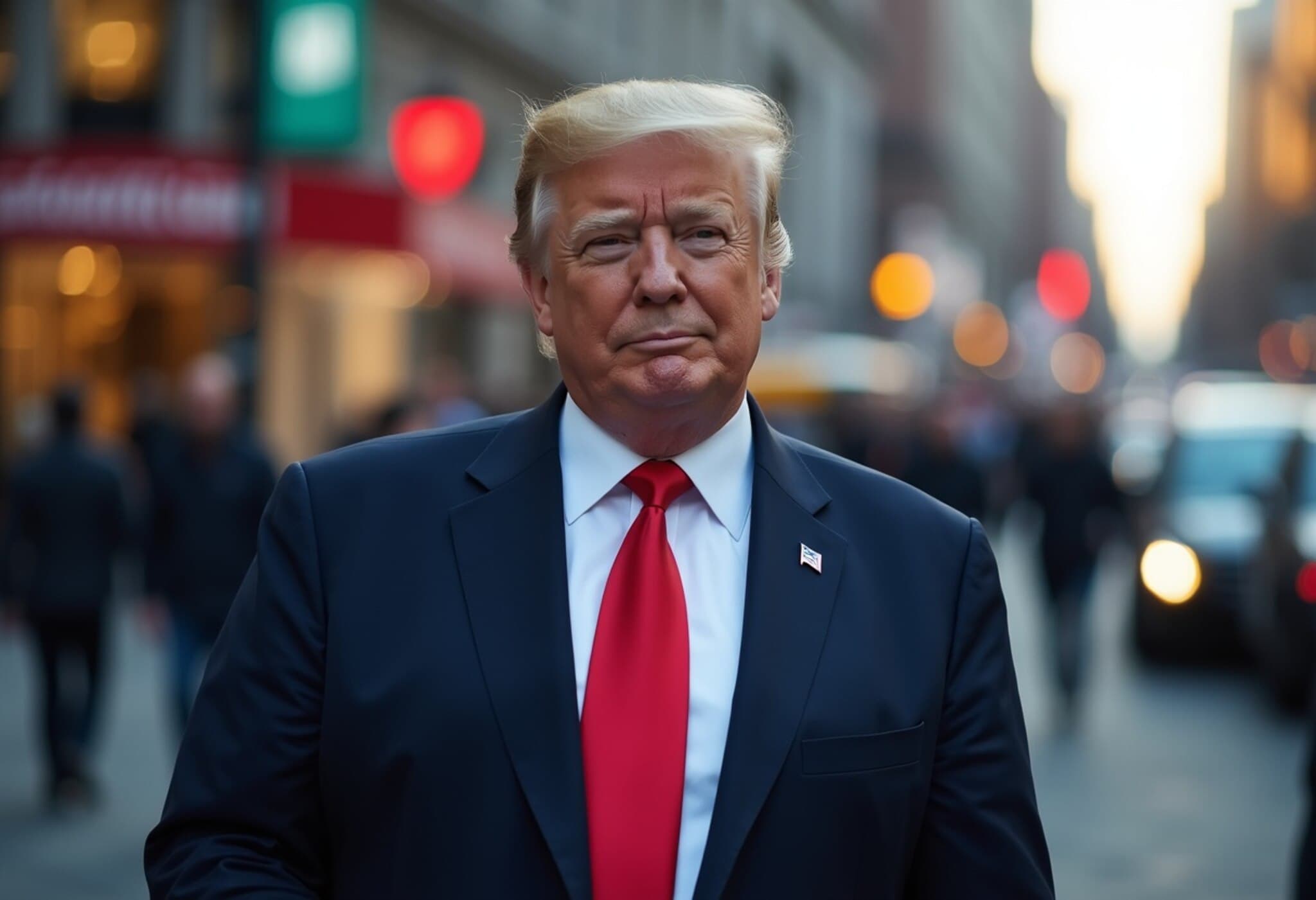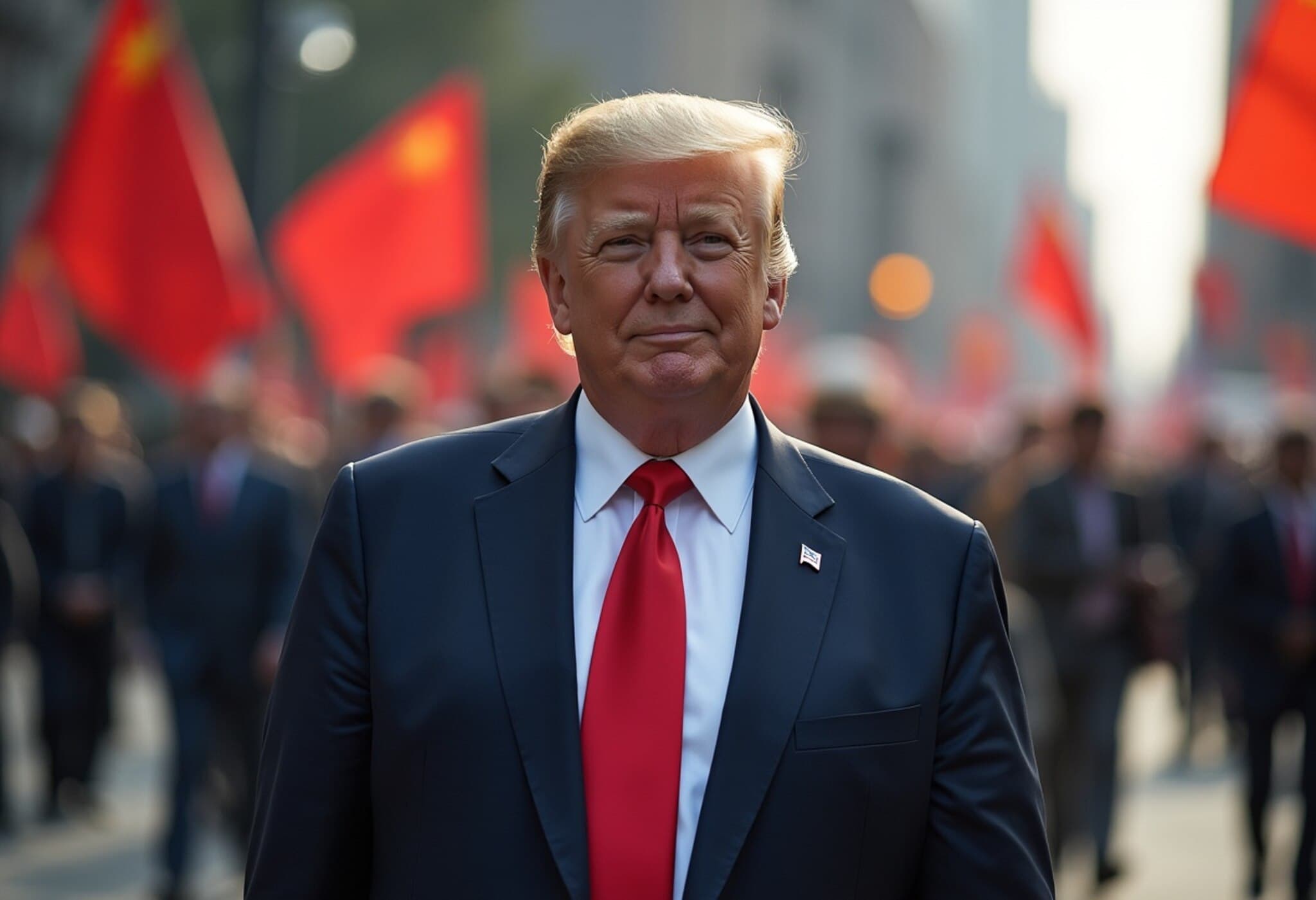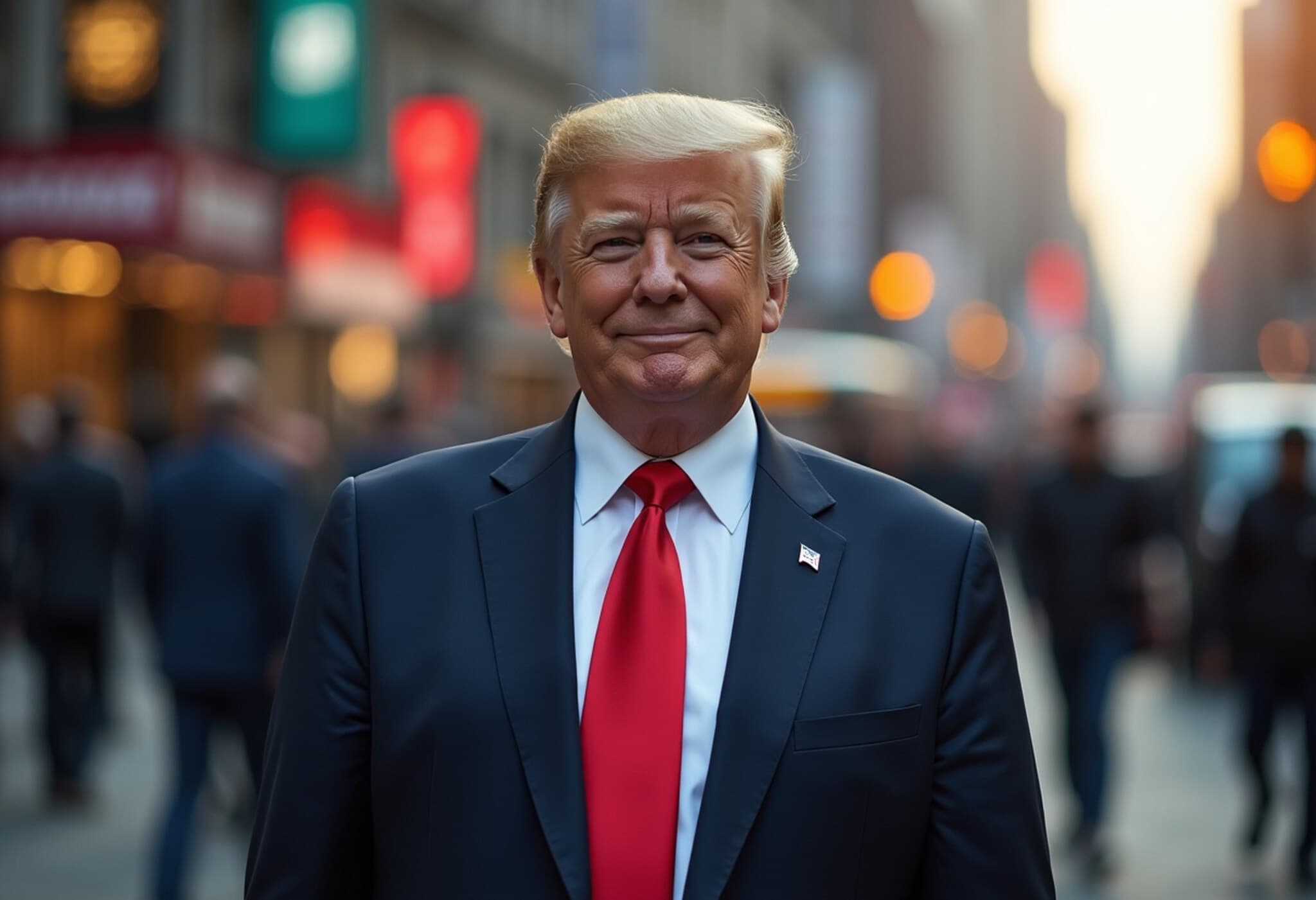European Business Sector on Edge as U.S. Tariff Threat Looms
As negotiations between European Union officials and the U.S. administration intensify, firms across Europe are sounding the alarm over looming tariffs that could severely disrupt their operations and profitability. Earlier this month, U.S. President Donald Trump announced plans to impose a sweeping 30% tariff on all European imports starting August 1, escalating the tensions between the two economic giants.
Automotive Industry Faces Significant Financial Strain
Europe’s automotive sector, already grappling with challenges like competition from emerging Chinese brands and the costly transition to electric vehicles, has been particularly hard hit by earlier U.S. tariffs. In April, Washington imposed a 25% tariff on foreign vehicles and parts, bringing the effective duty on European automotive imports to 27.5%. The threat to raise this to 30% next month has caused additional concern.
- Volkswagen reported that U.S. tariffs added €1.3 billion ($1.53 billion) to their costs in the first half of the year, leading to a notable dip in operating profit and a lowered full-year financial outlook.
- Stellantis, owner of Dodge, Fiat, and Peugeot, disclosed an expected €2.3 billion loss for the first half of 2025, with tariffs accounting for approximately €300 million of that hit.
- Volvo Cars also faced a downturn in second-quarter operating profit, underscoring the sweeping effect of these trade barriers on European automakers.
Beyond Autos: Wider Corporate Struggles
The automotive sector isn’t alone in their grievances. German sportswear manufacturer Puma has revised its forecasts to anticipate an operating loss this year, citing U.S. trade policies as a drag on their American sales. Similarly, French drinks maker Remy Cointreau, known for high-end cognac and spirits, has adjusted its expected tariff-related costs from €25 million to €35 million, reflecting the broader financial pressure.
Technology and Heavy Industry Also Feeling the Pinch
- Nokia trimmed its operating profit expectations by up to €300 million, highlighting currency fluctuations alongside tariffs costing between €50 million and €80 million.
- German truck maker Traton reported a bleak forecast due to anticipated declines in the North American market, lowering revenue expectations amid the uncertainty of possible new tariffs, including potential 50% levies on Brazilian imports and 30% on EU goods.
Trade Diplomacy in Flux: What’s Next?
While some companies have made assumptions in their 2025 forecasts based on a scenario of 10% tariffs or no retaliatory measures, the evolving geopolitical landscape leaves much in flux. French defense giant Thales has cautiously prepared for modest impacts, but EU diplomats suggest that a 15% baseline tariff could realistically be the starting point for negotiations.
Economic Implications and Market Reactions
Financial analysts at Citi observe that European exporters are currently absorbing much of the tariff burden, avoiding immediate price hikes domestically. Yet, the euro’s strong appreciation and import patterns from China could cushion inflationary pressures in Europe.
According to Citi’s economists, core goods inflation in the Eurozone may even approach zero in 2026, highlighting the complex and sometimes counterintuitive effects trade frictions can trigger in global markets.
Expert Insight: Navigating an Uncertain Trade Environment
Trade policy expert Dr. Anna Müller from the European Institute for International Economics notes, "The U.S. tariffs are more than just a tax increase; they represent a strategic shift in economic relations that will force European companies to rethink supply chains, market strategies, and innovation priorities. The looming tariffs could slow Europe’s industrial recovery and accelerate shifts towards other global partners."
Her perspective underscores the broader economic and policy challenges facing Europe, which must balance firm diplomatic engagement with economic resilience in the face of rising protectionism.
Looking Ahead: The Stakes for Transatlantic Trade
As EU and U.S. officials continue dialogue, the fate of this tariff battle remains uncertain. For European companies, the stakes could not be higher; sustained tariff hikes threaten jobs, investment, and global competitiveness.
Observers are watching closely to see whether an agreement will emerge that balances America’s trade policy ambitions with the economic realities and political sensitivities on both sides of the Atlantic.
Editor’s Note
This developing story epitomizes how trade policy can ripple through global markets and everyday lives. While tariffs are often framed as blunt instruments to protect domestic industries, the nuanced impacts—revealed through company earnings and economic forecasts—pose profound questions about the future of globalization and the resilience of international cooperation.
Readers are encouraged to consider: How might prolonged trade tensions reshape European-American relations? What strategies can companies adopt to mitigate these risks? And how will policymakers balance national interests with global economic stability?



















